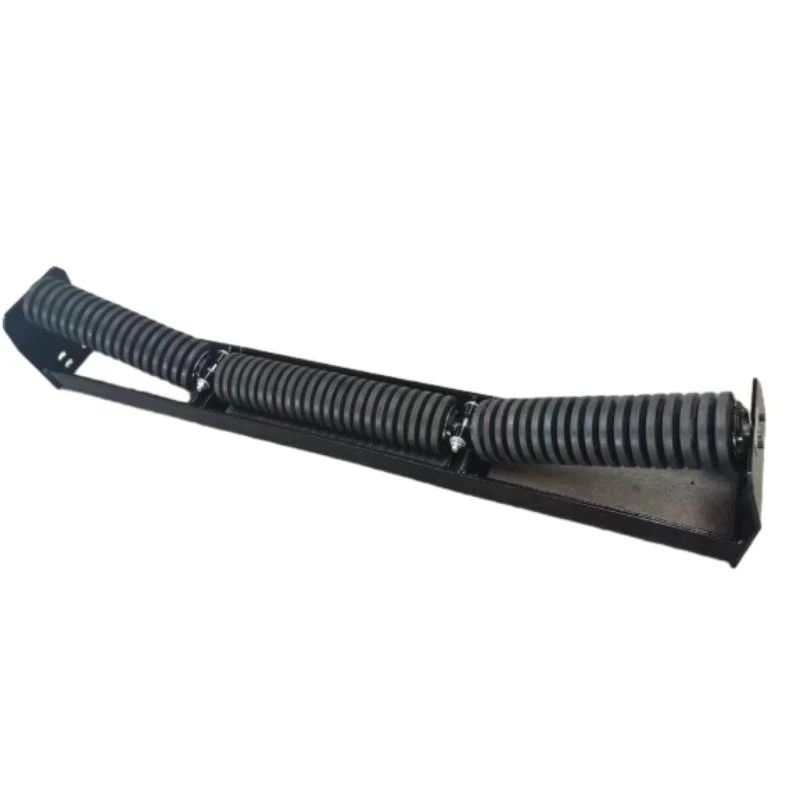 Afrikaans
Afrikaans  Albanian
Albanian  Amharic
Amharic  Arabic
Arabic  Armenian
Armenian  Azerbaijani
Azerbaijani  Basque
Basque  Belarusian
Belarusian  Bengali
Bengali  Bosnian
Bosnian  Bulgarian
Bulgarian  Catalan
Catalan  Cebuano
Cebuano  Corsican
Corsican  Croatian
Croatian  Czech
Czech  Danish
Danish  Dutch
Dutch  English
English  Esperanto
Esperanto  Estonian
Estonian  Finnish
Finnish  French
French  Frisian
Frisian  Galician
Galician  Georgian
Georgian  German
German  Greek
Greek  Gujarati
Gujarati  Haitian Creole
Haitian Creole  hausa
hausa  hawaiian
hawaiian  Hebrew
Hebrew  Hindi
Hindi  Miao
Miao  Hungarian
Hungarian  Icelandic
Icelandic  igbo
igbo  Indonesian
Indonesian  irish
irish  Italian
Italian  Japanese
Japanese  Javanese
Javanese  Kannada
Kannada  kazakh
kazakh  Khmer
Khmer  Rwandese
Rwandese  Korean
Korean  Kurdish
Kurdish  Kyrgyz
Kyrgyz  Lao
Lao  Latin
Latin  Latvian
Latvian  Lithuanian
Lithuanian  Luxembourgish
Luxembourgish  Macedonian
Macedonian  Malgashi
Malgashi  Malay
Malay  Malayalam
Malayalam  Maltese
Maltese  Maori
Maori  Marathi
Marathi  Mongolian
Mongolian  Myanmar
Myanmar  Nepali
Nepali  Norwegian
Norwegian  Norwegian
Norwegian  Occitan
Occitan  Pashto
Pashto  Persian
Persian  Polish
Polish  Portuguese
Portuguese  Punjabi
Punjabi  Romanian
Romanian  Russian
Russian  Samoan
Samoan  Scottish Gaelic
Scottish Gaelic  Serbian
Serbian  Sesotho
Sesotho  Shona
Shona  Sindhi
Sindhi  Sinhala
Sinhala  Slovak
Slovak  Slovenian
Slovenian  Somali
Somali  Spanish
Spanish  Sundanese
Sundanese  Swahili
Swahili  Swedish
Swedish  Tagalog
Tagalog  Tajik
Tajik  Tamil
Tamil  Tatar
Tatar  Telugu
Telugu  Thai
Thai  Turkish
Turkish  Turkmen
Turkmen  Ukrainian
Ukrainian  Urdu
Urdu  Uighur
Uighur  Uzbek
Uzbek  Vietnamese
Vietnamese  Welsh
Welsh  Bantu
Bantu  Yiddish
Yiddish  Yoruba
Yoruba  Zulu
Zulu Rubber Lagging Solutions for Enhanced Drum Pulley Performance and Durability
Drum Pulley Rubber Lagging Enhancing Conveyor Performance and Longevity
In the realm of material handling and conveyor systems, drum pulley rubber lagging plays a critical role in enhancing the efficiency, durability, and overall performance of conveyor belts. As industries increasingly rely on conveyors to transport bulk materials—such as coal, ore, grains, and aggregates—the significance of drum pulleys and their protective coverings cannot be overstated. This article delves into the concept of rubber lagging, its benefits, types, and the impact it has on operational processes.
Understanding Drum Pulley Rubber Lagging
Drum pulley rubber lagging refers to the rubber coating applied to the surface of a drum pulley, which is a key component of a conveyor system. The primary function of rubber lagging is to provide traction between the pulley and the conveyor belt, ensuring efficient and effective operation. It also serves as a protective layer that prevents wear and tear, enhances the longevity of the pulley, and minimizes slippage.
The Importance of Rubber Lagging
1. Enhanced Traction One of the most notable benefits of rubber lagging is its ability to increase the friction between the drum and the conveyor belt. This enhanced traction is crucial for preventing slippage, particularly in applications involving heavy loads or steep inclines. Improved grip translates to better control and efficiency in the material handling process.
2. Minimized Wear and Tear Rubber lagging protects the steel surface of the drum from damage, thus extending its operational lifespan. By absorbing impacts and mitigating abrasion from the belt, lagging reduces the risk of surface wear, pitting, and corrosion, which can be detrimental to the overall performance of the conveyor system.
3. Noise Reduction In industrial settings, excessive noise can pose challenges, including regulatory compliance and worker safety. Rubber lagged pulleys help to dampen vibrations and noise from the conveyor system, creating a more pleasant working environment.
4. Improved Performance in Wet Conditions In environments where water, oil, or other lubricants may be present, rubber lagging maintains its grip better than bare metal surfaces. This characteristic is vital in ensuring consistent performance, especially in sectors such as mining or food processing where wet conditions are commonplace.
drum pulley rubber lagging

Types of Rubber Lagging
Rubber lagging comes in various types, each designed for specific applications and operational conditions. The two main categories of rubber lagging are
1. Plain Rubber Lagging This is the most basic type, consisting of a smooth rubber surface that provides essential friction and protection. Plain rubber lagging is suitable for most applications where moderate traction and protection are required.
2. Textured Rubber Lagging Featuring a patterned surface, textured rubber lagging enhances grip even further. It is commonly used in heavy-duty applications, where loads are substantial, and the risk of slippage is heightened. The patterns help channel away debris and moisture, maintaining optimal contact with the conveyor belt.
Installation and Maintenance
Proper installation and maintenance of rubber lagging are vital for the optimal functioning of the drum pulley. Installation should be done by professionals who can ensure correct alignment and adhesion. Regular inspection for signs of wear or damage helps identify issues before they escalate, allowing for timely repairs or replacements.
Conclusion
In conclusion, drum pulley rubber lagging is an integral aspect of modern conveyor systems that contributes to operational efficiency, safety, and longevity. By providing enhanced traction, minimizing wear, reducing noise, and improving performance in challenging conditions, rubber lagging is a cost-effective solution for industries dependent on conveyor technology. As companies continue to innovate and seek ways to optimize their material handling processes, the role of rubber lagging will undoubtedly remain essential in ensuring smooth and efficient operations. Investing in quality rubber lagging not only safeguards equipment but also contributes to the overall productivity and safety of industrial operations.
-
Trusted Conveyor Solutions from Leading Conveyor Idler Roller ManufacturersNewsJun.27,2025
-
Reliable Return Idler Solutions for Efficient Belt Conveyor SystemsNewsJun.27,2025
-
Precision Conveyor Accessories for Streamlined Material HandlingNewsJun.27,2025
-
High-Quality Belt Conveyor Idler Solutions for Efficient Material HandlingNewsJun.27,2025
-
High-Performance Belt Conveyor Pulleys for Reliable Material HandlingNewsJun.27,2025
-
Enhancing Material Handling EfficiencyNewsJun.27,2025





























